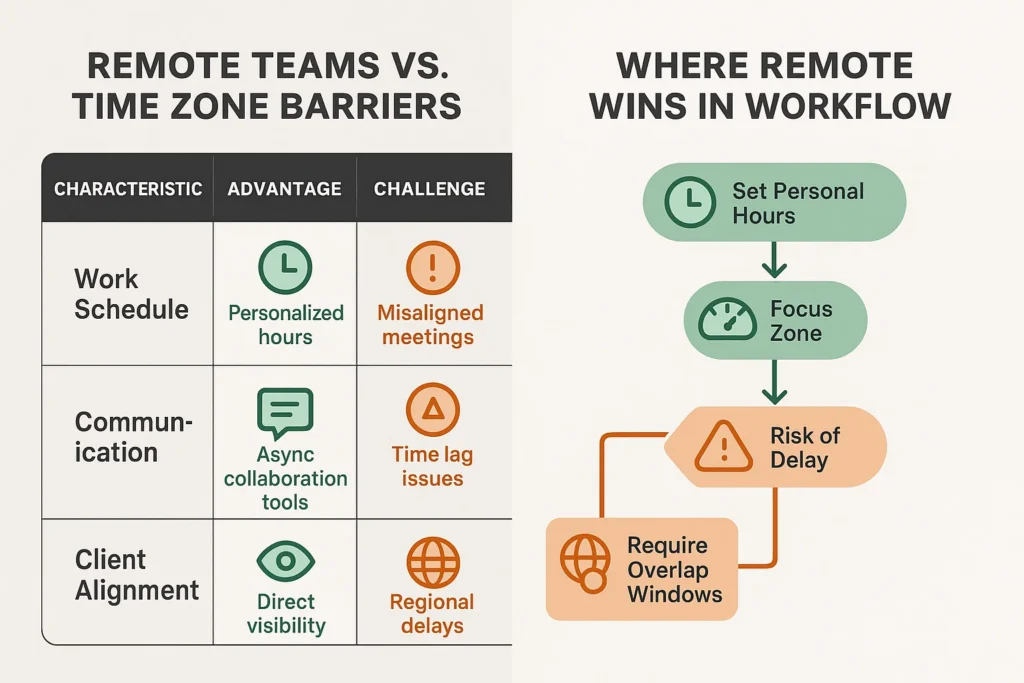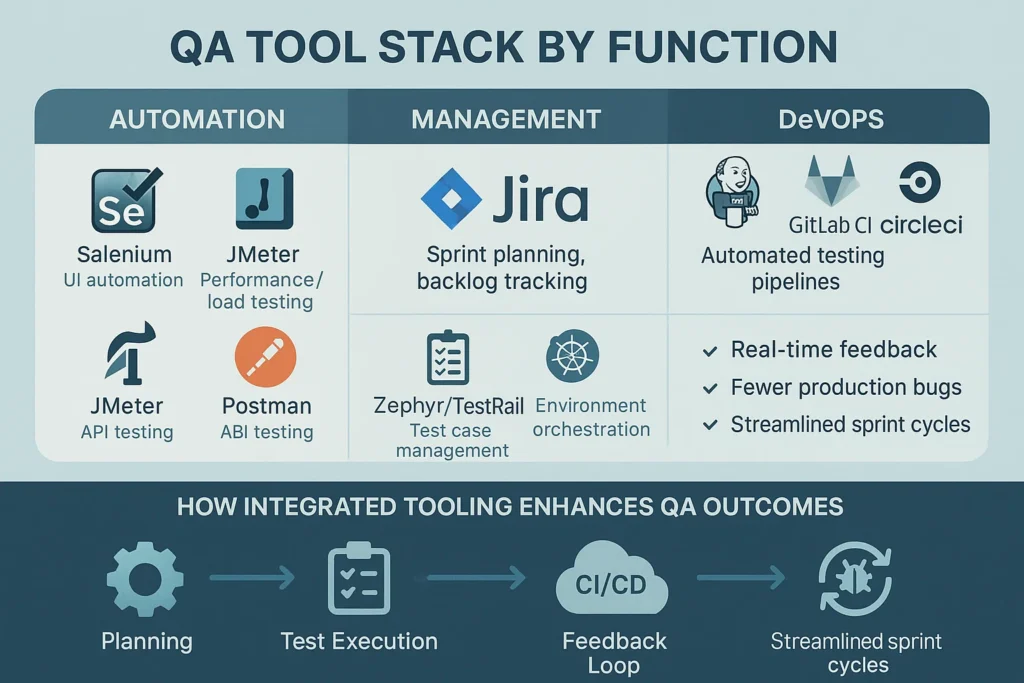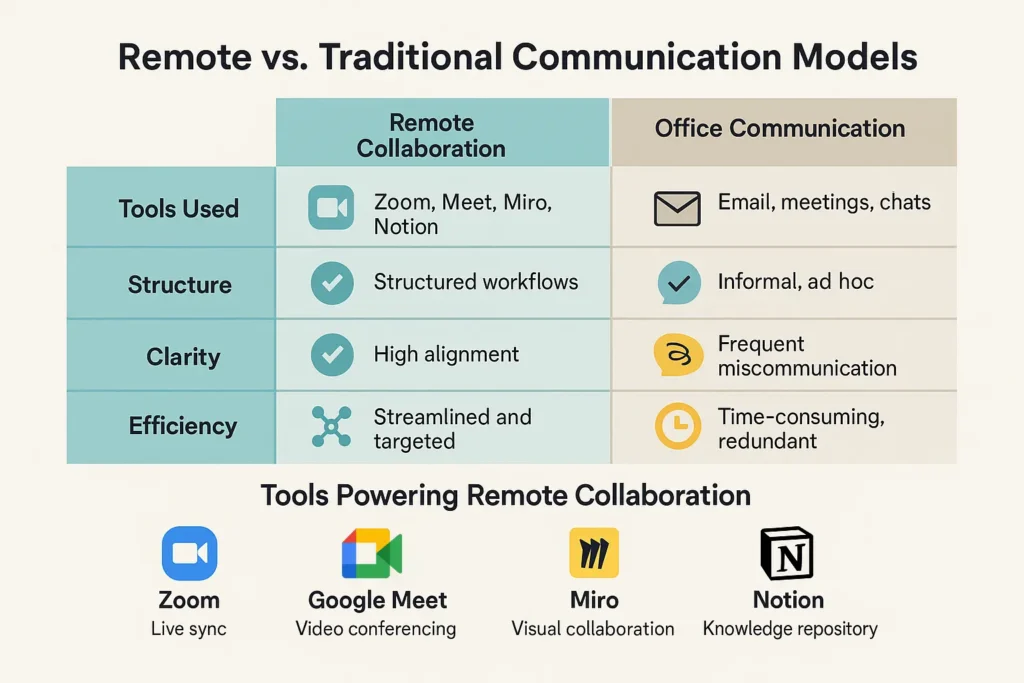The Ultimate Guide for Businesses in the Global Economy
1.Remote productivity metrics are focused on the output and results, resulting in more effective and goal-driven work.
2.Offshore team KPIs enable companies to employ from a global pool of talent, which guarantees the highest quality and efficiency.
3.Hybrid team performance is based on the flexibility that allows teams to work in asynchronous fashion and deliver higher quality work.
4.The tools for monitoring performance as well as workforce analytics provide managers with the information needed to maximize efficiency of the team and improve productivity.
5.Team engagement and motivation is enhanced with flexibility, autonomy and an emphasis on productivity.
6.The 24-hour work schedule that is facilitated due to time zone changes results in rapid progress as well as faster finalization.
7.The retention of talent is enhanced by ensuring that employees feel appreciated and are supported by flexible working settings.

Remote teams are able to offer flexibility in work hours, allowing employees to work at times that are most efficient.
Offshore teams operating across time zones and regions were unable to meet the expectations of clients, which often led to miscommunication or missed deadlines.




Join thousands of businesses leveraging offshore staffing to scale their operations globally
Expand effortlessly with My Offshore Employees - access top 1% offshore talent starting at just $3/hr or $600/month per FTE. No hidden fees, no compromises on quality. Your offshore employees work exclusively for you - ensuring focus, transparency, and real-time visibility into your projects. We combine smart automation and proven industry experience to deliver higher productivity, fewer errors, and tailor-made solutions for your business growth.
© 2025. All Rights Reserved.